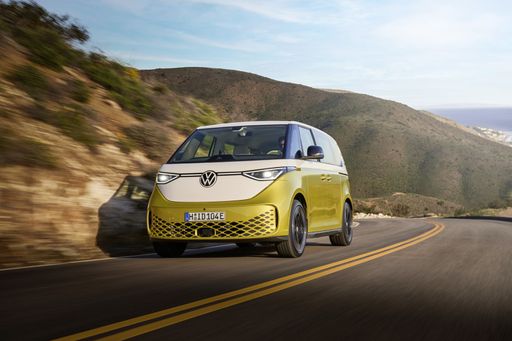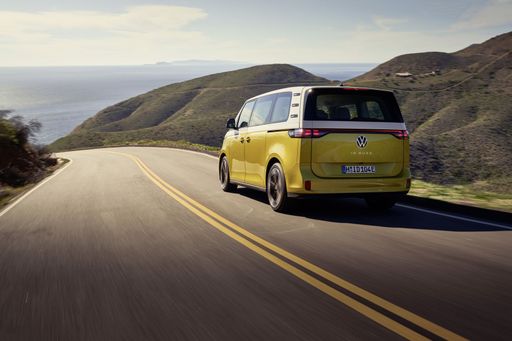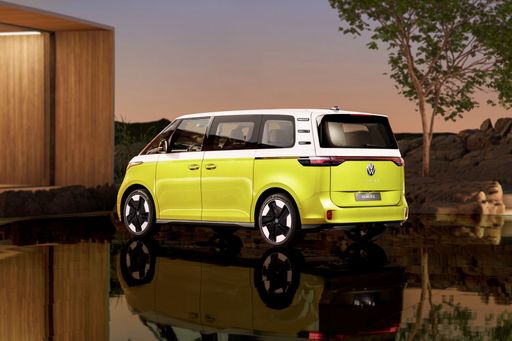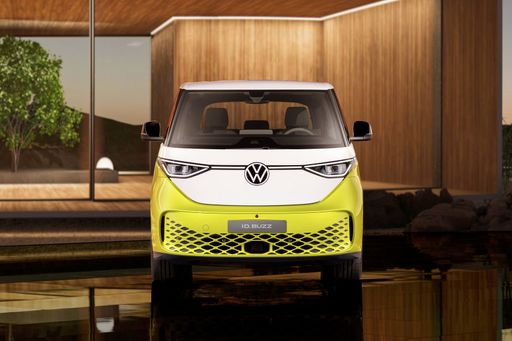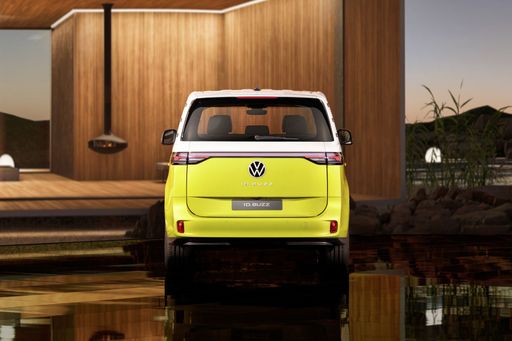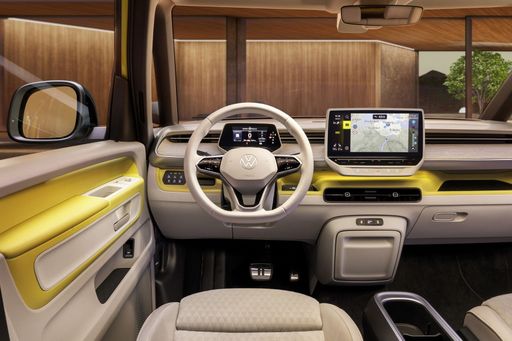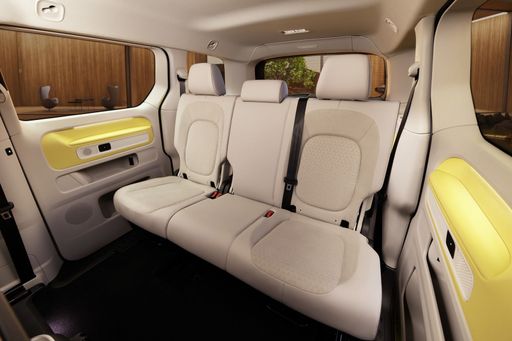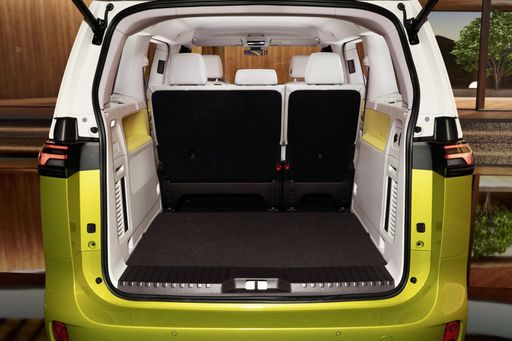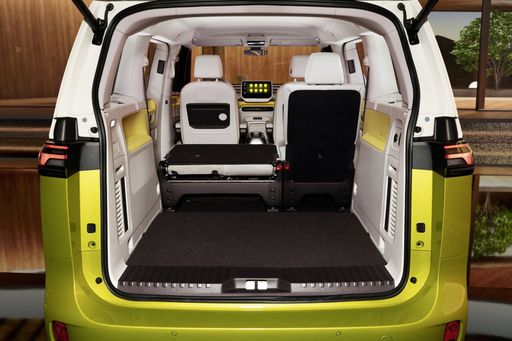Volkswagen ID. Buzz Bus vs. Kia PV5: The Ultimate Electric Van Showdown
As the world moves towards sustainable transportation, electric vehicles (EVs) are at the forefront of this revolution. The Volkswagen ID. Buzz Bus and the Kia PV5 both exemplify the wave of innovation driving the electric van segment. While both offer eco-friendly credentials, they cater to different needs and preferences. Let's take a closer look into their technical aspects and innovations.

